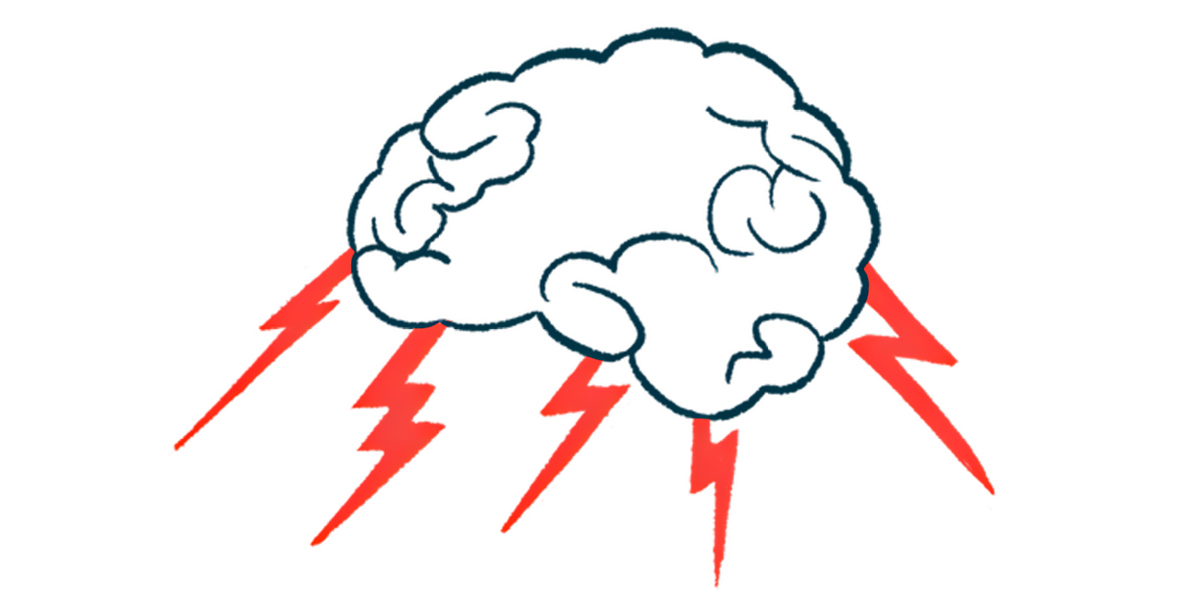Study unveils mechanisms behind levodopa-induced dyskinesia
Findings point to potential role of ketamine in restoring movement regulation

The motor cortex, a brain region responsible for movement control, becomes disconnected in levodopa-induced dyskinesia (LID), the uncontrolled movements that occur as a side effect of the drug levodopa in Parkinson’s disease, a study found.
Ketamine, an anesthetic used to alleviate LID, was found to restore the motor cortex’s ability to regulate movement.
The study, “Decoupling of motor cortex to movement in Parkinson’s dyskinesia rescued by sub-anaesthetic ketamine,” was published in Brain.
Levodopa is a standard treatment to manage Parkinson’s motor symptoms such as stiffness and slow movements. But prolonged use of levodopa can lead to LID, which is characterized by abnormal, involuntary muscle contractions and movements.
The prevailing view is that these uncontrollable movements are generated from the motor cortex. The study’s results showed a more indirect link.
80 billion neurons
Researchers at the University of Arizona recorded the activity from thousands of neurons in the motor cortexes of rats, hoping to shed light on the relationship.
“There are about 80 billion neurons in the brain, and they hardly shut up at any point,” Abhilasha Vishwanath, PhD, a postdoctoral research associate at the University of Arizona and the study’s first author, said in a university press release. “So, there are a lot of interactions between these cells that are ongoing all the time,”
The researchers found that the activity, or firing, of these neurons had little correlation with the aberrant movements that characterize LID. Overall, this suggested a “disconnection” of the motor cortex, rather than a direct cause of such aberrant movements, the university said.
“It’s like an orchestra where the conductor goes on vacation,” said Stephen Cowen, PhD, associate professor in the university’s psychology department and the study’s lead author. “Without the motor cortex properly coordinating movement, downstream neural circuits are left to spontaneously generate these problematic movements on their own.”
The researchers also unveiled the mechanisms underlying the therapeutic potential of ketamine. They found that ketamine, when given at sub-anesthetic doses, may assist in interrupting the abnormal repetitive electrical activity in the brain associated with dyskinesia, potentially enabling the motor cortex to regain better control over movement.
According to Cowen, ketamine works in two ways. First, it disrupts the abnormal electrical patterns associated with dyskinesia. Then, in the hours or days that follow, it initiates slower processes that promote long-lasting changes in brain cell connectivity and activity, a phenomenon known as neuroplasticity. This neuroplasticity allows neurons to form new connections and reinforce existing ones, extending ketamine’s impact beyond its immediate effects.
A single dose of ketamine can yield benefits that persist for several months, according to Vishwanath.
The university said the findings strengthen the potential therapeutic potential of ketamine. Early, promising data from a Phase 2 clinical trial (NCT04912115) showed that a single dose of low-dose ketamine infusion eased levodopa-induced dyskinesia in patients with Parkinson’s disease for several weeks. Low-dose ketamine was well tolerated, and side effects were mild or moderate. No serious side effects were reported.
Another Phase 2 trial is ongoing at the University of Arizona, where researchers are also testing low doses of ketamine in Parkinson’s patients.
Ketamine dosing could be optimized to maintain therapeutic benefits while minimizing side effects, Cowen said. The study’s insights into the role of the motor cortex in dyskinesia may also pave the way for entirely new treatment strategies, he said.
“By understanding the basic neurobiology underlying how ketamine helps these dyskinetic individuals, we might be able to better treat levodopa-induced dyskinesia in the future,” Cowen said.






